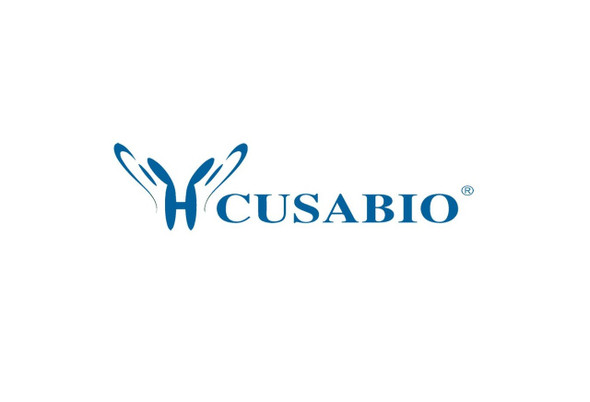Cusabio Human Recombinants
Recombinant Human Gamma-aminobutyric acid receptor subunit alpha-1 (GABRA1), partial | CSB-EP009140HU
- SKU:
- CSB-EP009140HU
- Availability:
- 3 - 7 Working Days
Description
Recombinant Human Gamma-aminobutyric acid receptor subunit alpha-1 (GABRA1), partial | CSB-EP009140HU | Cusabio
Alternative Name(s): GABA(A) receptor subunit alpha-1
Gene Names: GABRA1
Research Areas: Neuroscience
Organism: Homo sapiens (Human)
AA Sequence: QPSLQDELKDNTTVFTRILDRLLDGYDNRLRPGLGERVTEVKTDIFVTSFGPVSDHDMEYTIDVFFRQSWKDERLKFKGPMTVLRLNNLMASKIWTPDTFFHNGKKSVAHNMTMPNKLLRITEDGTLLYTMRLTVRAECPMHLEDFPMDAHACPLKFGSYAYTRAEVVYEWTREPARSVVVAEDGSRLNQYDLLGQTVDSGIVQSSTGEYVVMTTHFHLKRKIG
Source: E.coli
Tag Info: N-terminal 6xHis-tagged
Expression Region: 28-251aa
Sequence Info: Partial
MW: 29.9 kDa
Purity: Greater than 85% as determined by SDS-PAGE.
Relevance: Ligand-gated chloride channel which is a component of the heteropentameric receptor for GABA, the major inhibitory neurotransmitter in the brain . Plays an important role in the formation of functional inhibitory GABAergic synapses in addition to mediating synaptic inhibition as a GABA-gated ion channel. The gamma2 subunit is necessary but not sufficient for a rapid formation of active synaptic contacts and the synaptogenic effect of this subunit is influenced by the type of alpha and beta subunits present in the receptor pentamer. The alpha1/beta2/gamma2 receptor and the alpha1/beta3/gamma2 receptor exhibit synaptogenic activity. GABRA1-mediated plasticity in the orbitofrontal cortex regulates context-dependent action selection. Functions also as histamine receptor and mediates cellular responses to histamine.
Reference: "GABA(A) receptors can initiate the formation of functional inhibitory GABAergic synapses." Fuchs C., Abitbol K., Burden J.J., Mercer A., Brown L., Iball J., Anne Stephenson F., Thomson A.M., Jovanovic J.N. Eur. J. Neurosci. 38:3146-3158(2013)
Storage: The shelf life is related to many factors, storage state, buffer ingredients, storage temperature and the stability of the protein itself. Generally, the shelf life of liquid form is 6 months at -20?/-80?. The shelf life of lyophilized form is 12 months at -20?/-80?.
Notes: Repeated freezing and thawing is not recommended. Store working aliquots at 4? for up to one week.
Function:
Involvement in disease:
Subcellular Location:
Protein Families:
Tissue Specificity:
Paythway:
Form: Liquid or Lyophilized powder
Buffer: If the delivery form is liquid, the default storage buffer is Tris/PBS-based buffer, 5%-50% glycerol. If the delivery form is lyophilized powder, the buffer before lyophilization is Tris/PBS-based buffer, 6% Trehalose, pH 8.0.
Reconstitution: We recommend that this vial be briefly centrifuged prior to opening to bring the contents to the bottom. Please reconstitute protein in deionized sterile water to a concentration of 0.1-1.0 mg/mL.We recommend to add 5-50% of glycerol (final concentration) and aliquot for long-term storage at -20?/-80?. Our default final concentration of glycerol is 50%. Customers could use it as reference.
Uniprot ID: P14867
HGNC Database Link: N/A
UniGene Database Link: N/A
KEGG Database Link: N/A
STRING Database Link: N/A
OMIM Database Link: N/A






